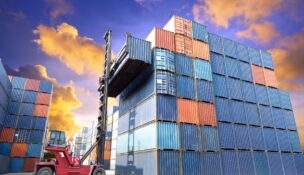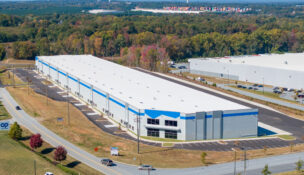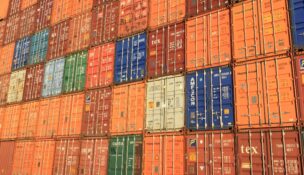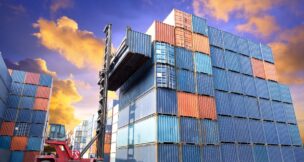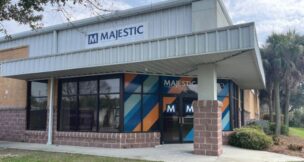Xinjiang solar ban spurs caching, reshoring in S.C.
Molly Hulsey //August 2, 2021//
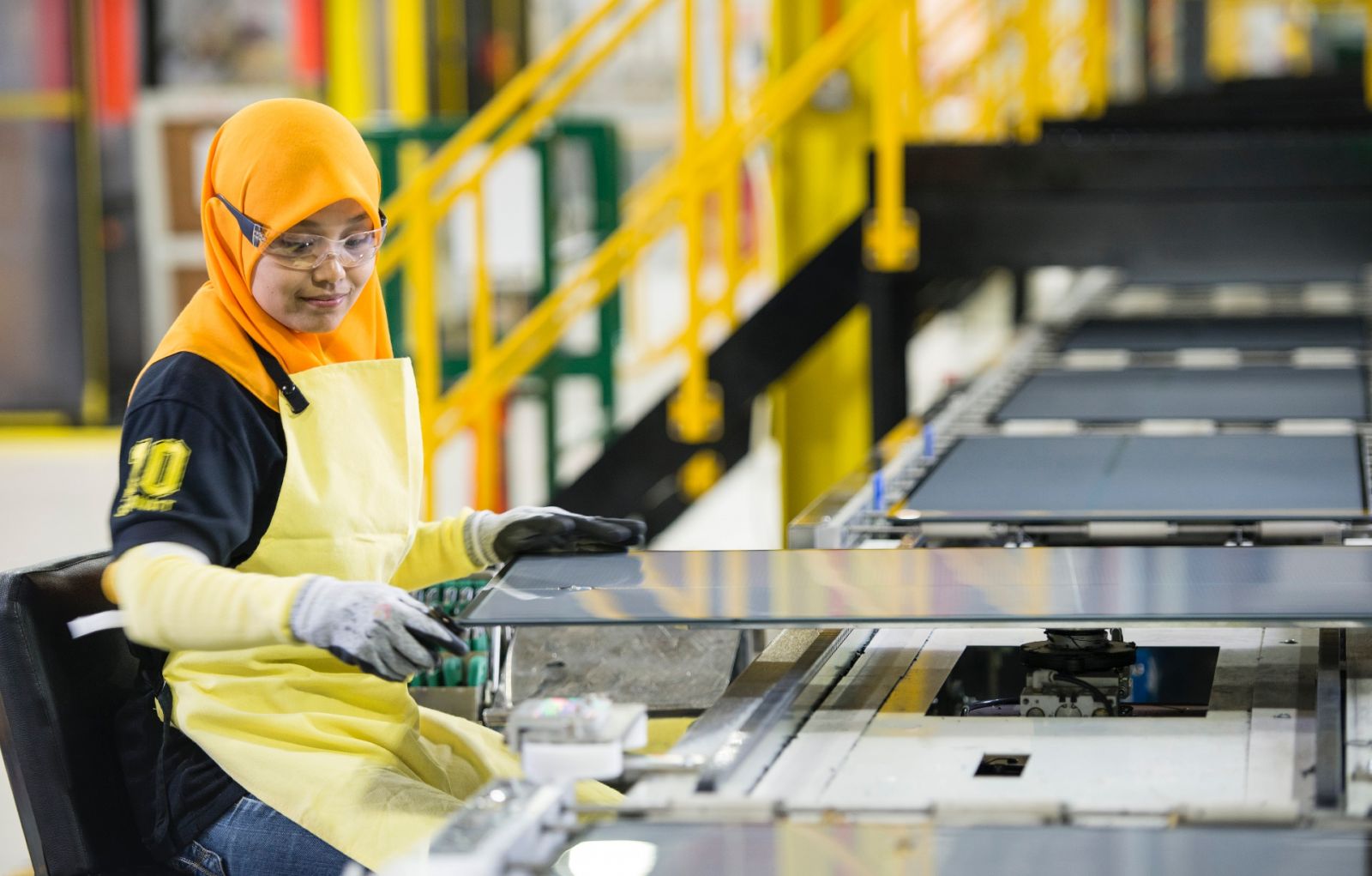 This article first appeared in the July 26 print edition of GSA Business Report.
This article first appeared in the July 26 print edition of GSA Business Report.
China’s Xinjiang province, nestled against Kazakhstan and Russia, may be a three-day drive from the country’s economic center in Shanghai, but the area manufactures 45% of all polysilicon used across the globe.
About 95% of all solar photovoltaic modules are made from polysilicon, according to a recent report published by the U.S. Commerce Department along with other federal agencies.
If a PV solar cell makes its way to South Carolina, there’s a pretty good chance it has polysilicon sourced from China and also, Xinjiang. The province also produces 20% of the world’s cotton lint and a third of China’s oil and natural gas.
If a July 13 ban on certain Chinese imports from the State Department proves successful, however, Xinjiang products will no longer be available on the U.S. market.
“Business and individuals that do not exit supply chains, ventures and/or investments connected to Xinjiang could run a high risk of violating U.S. law,” the report said.
Those risks include violating statutes against forced labor, U.S. sanctions, export controls and the prohibition on imports made using forced or convict labor, according to the report.
The province is home to several Muslim minority groups including Uyghurs, Kazakhs and Kyrgyz, targeted by what the Chinese government say is suspected terrorism.
The U.S. government calls it genocide.
“In 2016, the [Chinese] government began to set up these camp-like facilities,” Kate Kaup ŤŞ?ŹŤáŚ©á, James Duke Chair of Asian Studies and Political Science at Furman University, told GSA Business Report. “Uyghurs disappeared into these facilities. There were no trials. There were no criminal charges brought, but people were detained against their will and taken from their families. Some of them for weeks and for months.”
Detainees have been subjected to torture, rape, forced sterilization, intrusive surveillance and forced labor within the country’s textile, electronic, auto and solar industries, according to the report.
“There are four major companies based in Xinjiang with very clear evidence against them that they are using forced labor, but they sell to companies in the eastern portion of China, which then sell out again to Southeast Asia and other countries,” Kaup said. “So I think that the U.S. share of shipments coming directly from Xinjiang are very, very low, but much of the material can be traced back to Xinjiang very clearly.”
The ban will be effective in quelling forced labor only if other countries join the U.S. in its prohibition, she said, even though it’s a step in the right direction.
But the long term impacts it may have on the solar supply chain have yet to be seen.
“In terms of sourcing those materials, I think that it’s going to be very, very difficult to divorce Xinjiang from that process,” she said. “So my understanding is that so much of the supply chain can be traced back to China, sometimes in one or two or more steps. If we were to divert to another supplier, they may well, in fact, also have Xinjiang within their supply chain.”
So far, the S.C. Ports Authority has not reported any trade disruptions stemming from the ban.
“We anticipate global trade will remain strong, with 33% of our cargo moving to and from northeast Asia in the last 12 months,” S.C. Ports Authority Spokesperson Liz Crumley said in an email.
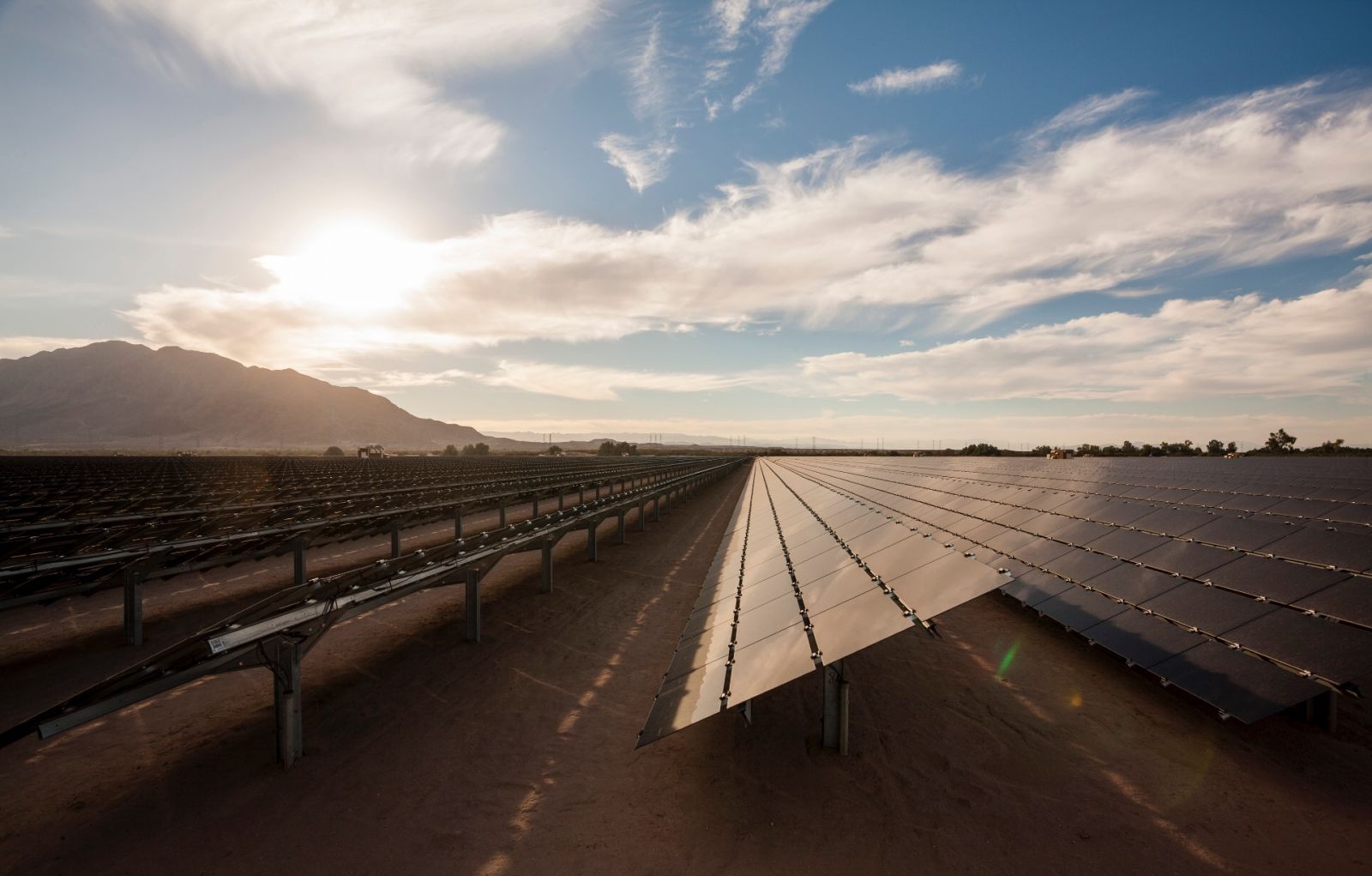 The S.C. Commerce Department has not received any feedback on the issue from solar companies in the state, according to the agency. Duke Energy, a major proponent of solar projects in the Carolinas, did not report any delays in materials for ongoing solar projects, but is staying abreast of the issue, said a company spokesperson.
The S.C. Commerce Department has not received any feedback on the issue from solar companies in the state, according to the agency. Duke Energy, a major proponent of solar projects in the Carolinas, did not report any delays in materials for ongoing solar projects, but is staying abreast of the issue, said a company spokesperson.
Solar distributors like Renu Energy Solutions, located in Greenville and Columbia, on the other hand, have been anticipating the move — and possible bottleneck — for months now.
“It’s affecting every industry in our vertical,” Martin Blacker, Renu’s director of operations, told GSA Business Report. “Seeing this coming up, we’ve already covered our needs for the year 2021 with our suppliers and manufacturers, so we’ve been able to get out ahead of it, ensuring that we’re going to be topped off by Q1 of 2022.”
Blacker said the company operates only with panels made from monosilicon, adding that any supply chain shifts resulting from the ban would be handled by the suppliers.
The ban is just another facet of an ongoing shortage of panels and panel components in the industry, he said.
First Solar, an Ohio-based solar manufacturer that announced a 450,000-square-foot distribution hub near Greer’s Inland Port last year, has continued to pivot away from reliance on Chinese manufacturing through a $680 million investment in the company’s U.S. solar operations, according to company spokesperson Reuven Proenca.
The company also said that it is one of few major solar manufacturers that uses ultra-low carbon film PV modules instead of polysilicon as a semiconductor.
“First Solar has long said that any use of forced labor in the solar supply chain is unconscionable and a direct threat to the solar industry’s reputation and its social license to operate,” Proenca, the company’s director of global brand, corporate and marketing communications, said in a news release. “The U.S. Customs and Border Protection’s Withhold Release Order reflects the overwhelming focus on this issue and bipartisan support for action. There must never have to be a choice between fighting climate change and standing up for human rights because neither issue is mutually exclusive.”
The 1.8 million-square-foot Ohio facility will be the company’s third U.S. manufacturing base and the largest vertically integrated solar manufacturing complex outside of China, according to a news release.
“With China’s solar industry proving itself to be an unreliable and risky partner on multiple accounts, the U.S. must now pivot to focusing on supply chain resiliencies and self-sufficiency,” Proenca said in the statement. “We applaud the decisiveness of the action, and believe the time is ripe for restoring and scaling domestic manufacturing capacity rapidly, which will be advanced through measures such as the recently introduced Solar Energy Manufacturing for America Act.”
The act extends tax credits for companies participating in every stage of the solar supply chain, according to a statement from Georgia Sen. Jon Ossoff.







